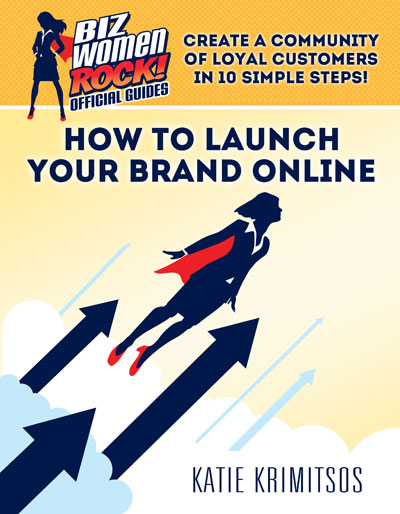
A 10-Step Plan for Dramatically Attracting New Customers
By Aaron Agius
It’s not easy to drive dramatic inbound-lead growth. In fact, many entrepreneurs seem to think it’s an impossible task. But what if I told you it was a lot simpler than you think?
Seeing a huge increase in inbound-lead growth — essentially attracting new customers — is possible, regardless of your industry. It’s just a matter of making the investment of time, hard work and dedication.
If you’re willing to put in the effort, you can increase your company’s revenue through inbound marketing. The 10 steps outlined here will help propel your efforts, but the level of success you achieve is entirely up to you. Are you ready?
1. Set strategic goals.
Everything in business starts with your overall goals. What do you want to accomplish from this dramatic inbound-lead growth?
- Increased membership signups
- Higher overall revenue
- Greater amount of social advocacy
These are just a few ways growth can yield results for your business. Take time to clearly outline exactly what you want, and how you’ll measure whether your program has been successful.
The SMART (Specific, Measureable, Attainable, Relevant, Time-based) goals you define will determine how you approach the remaining steps in this plan.
2. Develop accurate personas.
You can’t accomplish anything if you don’t know the people that will make your goal a reality. Buyer personas give you insight into the mind of your customer. They reveal the pains, challenges and obstacles that keep them up at night.
Answer the questions below to get a clear idea of your audience. This will help you as you set up your lead-generation strategy, as well as once you start creating content.
- What are they like?
- Why are they here?
- What keeps them up at night?
- How can you solve their problems?
- What do you want them to do?
- How can you best reach them?
- How might they resist?
Don’t ever underestimate the power of truly knowing and understanding your customer.
3. Understand your customer’s journey.
A strong conversion funnel requires an understanding of the buying process. Map out the most popular journeys customers take to purchase your product. When you see them visually laid out, you’ll be able to identify gaps in your system.
If you don’t already have these maps, you can create them by answering a few questions:
- How do customers reach your website? (For example: paid, search, social media)
- Where do they go once they arrive on your website?
- What content leads them to the end conversion page?
If you’re just starting out, make maps for each different type of customer you defined during the persona-building process.
4. Hire experienced, talented staff members.
An entrepreneur is only as good as his or her supporting team. If you want to achieve dramatic inbound-lead growth, you’re going to need the skills, expertise and assistance of other trained professionals. At minimum, you’ll need people skilled in:
- Writing
- Graphic design
- Coding
- Content strategy
- Lead generation
- Social media
- Email marketing
Find these team members early in the planning process (even if that means finding individuals who can cover multiple areas). Their knowledge will help you set the stage for dynamic growth.
5. Audit competitors’ websites.
It’s important to get an idea of what your competitors are doing with inbound marketing. When you see what they’re doing right, you can plan how to replicate their success for your brand.
- What kind of traffic are they acquiring?
- Where do they seem to get their traffic from?
- What keywords are they using to attract people to their sites?
- What external websites link to their sites?
This information will help you create a list of action items that’ll help direct your marketing team.
6. Evaluate your own website.
Once you know what your competitors are doing, see how your business measures up. A few additional questions you can ask include:
- Is my web design aligned with current standards?
- Do my pages have a clear, concise message?
- Can visitors quickly digest and understand the content?
- Does the content provide value to the personas?
- Have I included calls to action in key areas?
7. Create workflows for lead management.
Outline each step website visitors will take on the path to conversion. This is where you’ll combine your knowledge of the customer journey with the conversion process on your website. You’llneed a new workflow for each part of the process.
8. Develop a three-month inbound strategy.
Once all these steps are in place, it’s time to create a strong three-month strategy. I like to start people with three months because it’s enough time to start seeing dramatic growth, while not feeling too overwhelming to execute the strategy.
Everything in your inbound strategy should support the goals you identified in step one.




Leave a Reply